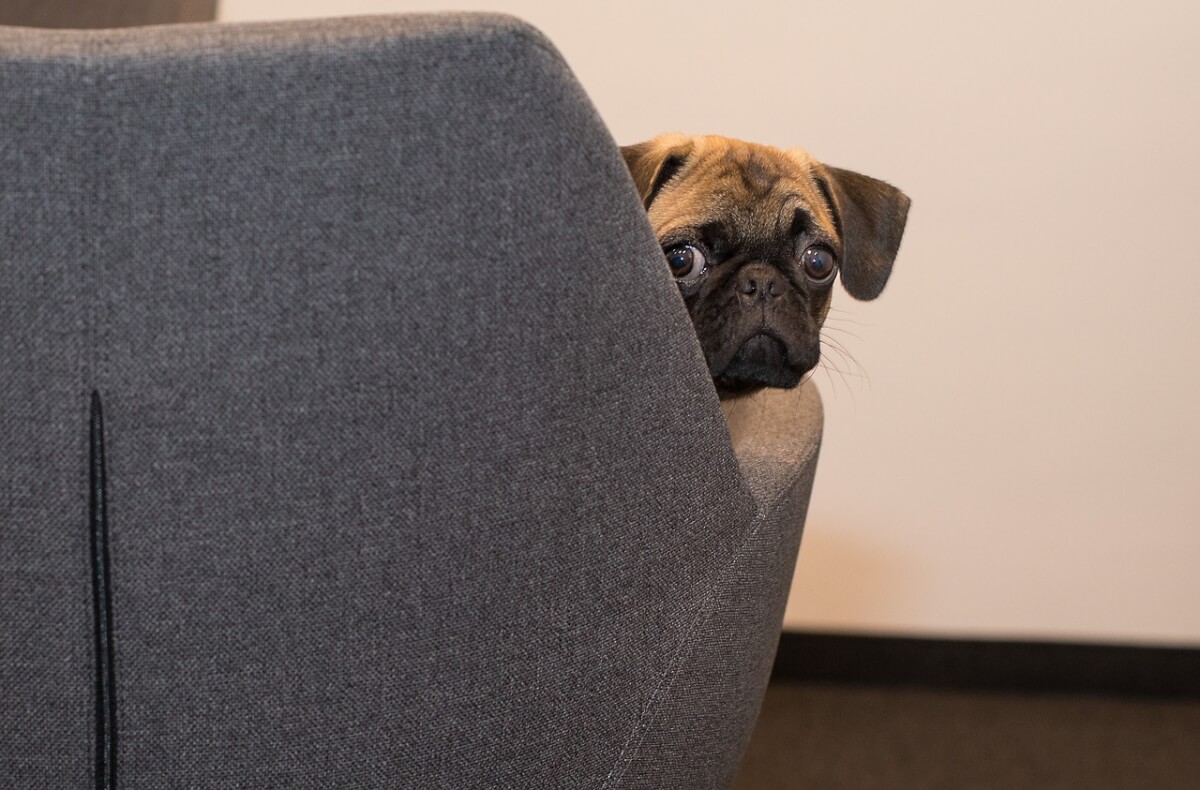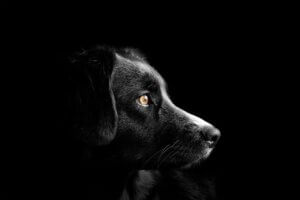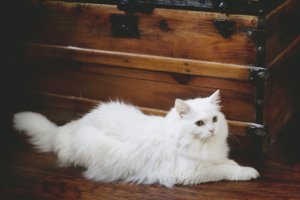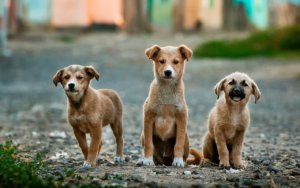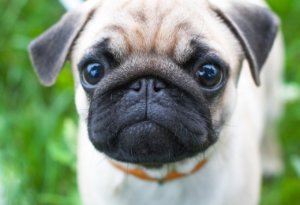Is your pet overweight? Four out of every ten pets are obese says one of the UK ‘s largest pet insurers.
Owners are overfeeding their dogs and cats with massive portions and fatty foods as well lots of treats from the table. This had led to a huge increase in the number of pet insurance claims for health problems brought on by obesity.
Petplan has revealed that during the last five years it has seen a 60% increase in obesity related claims amongst the 800,000 pets it covers. As a result there are reports that some pet insurers are looking at cutting payouts if your pet is obese.
Obesity in pets causes many of the same problems it does in humans. An overweight pet is prone to many weight related conditions including: joint, ligament and tendon difficulties, breathing and heart problems and diabetes. Obese cats can also contract skin disorders from not being able to groom themselves thoroughly. The overall impact of obesity on your pets’ comfort and longevity could be catastrophic.
But perhaps there’s good news. It’s easier for you to trim down your pets weight than it is for you to fight the battle of the bulge. After all, your pet can’t grab the car keys for a trip to the chippy or phone out for a Chinese. They can’t even open the refrigerator door on their own! Your pet eats what you give it – so you’re in control. So if it’s fat, that’s your responsibility. Equally, the remedy is in your hands. Although exercise might not be your bag, your pet will always be up for a walk or a game with a toy on a string, or most popular of all doggy games, fetch the stick.
So how do you know if your pet is overweight? A healthy pet will always have some padding on them – but a little is quite enough! Start off by gently rubbing your hands over their ribs. You should be able to feel their ribs and the skin should move easily back and forth. Then step back and look at your pet from the side – if your pet looks pregnant and it shouldn’t be, it’s overweight! Your pet should also have a obvious waist at the base of the rib cage, a small tuck-in around the stomach area. Now look at your pet from above – it’s equally bad news if you can see a bump out from its middle into an apple shape. Birds too can be obese. Examine polly for rolls of fat or a thicker breast.
Certain breeds and species of pet are more likely to develop weight problems. In dogs, labradors and spaniels are especially liable to fatten up, as do beagles, corgis and retrievers. In cats the less-active breeds such as Persians are far more likely to gain weight than the go-go breeds such as Abyssinians and Siamese. And in birds, Amazon parrots are special contenders to expand into perch potatoes.
Please be aware that crash diets aren’t a good idea for pets. Be especially careful with cats who can develop a fatal liver problem if they’re forced to lose weight too quickly. Pets don’t get obese overnight and it should not be forced to slim down too quickly. Only feed at set meal times and be sure to cut out those tip bits. Then introduce more exercise. Your vet should also advise you on a regime of special diet foods. Be sure to do all of this gradually but please, be committed – your pet’s life may depend on it.

